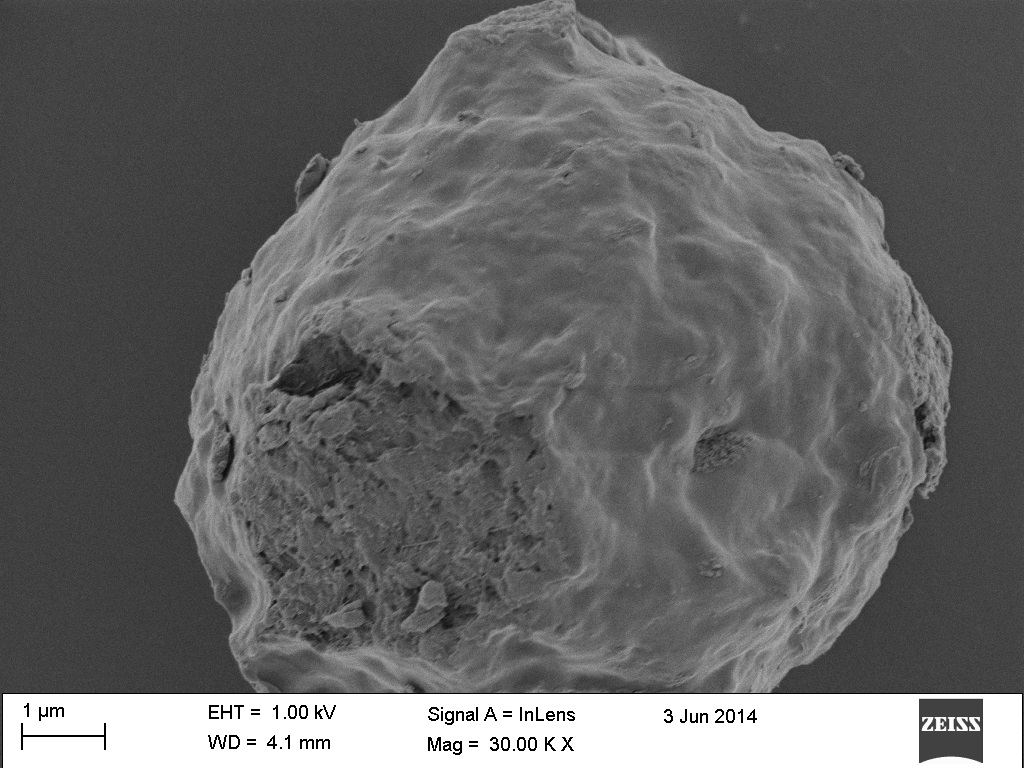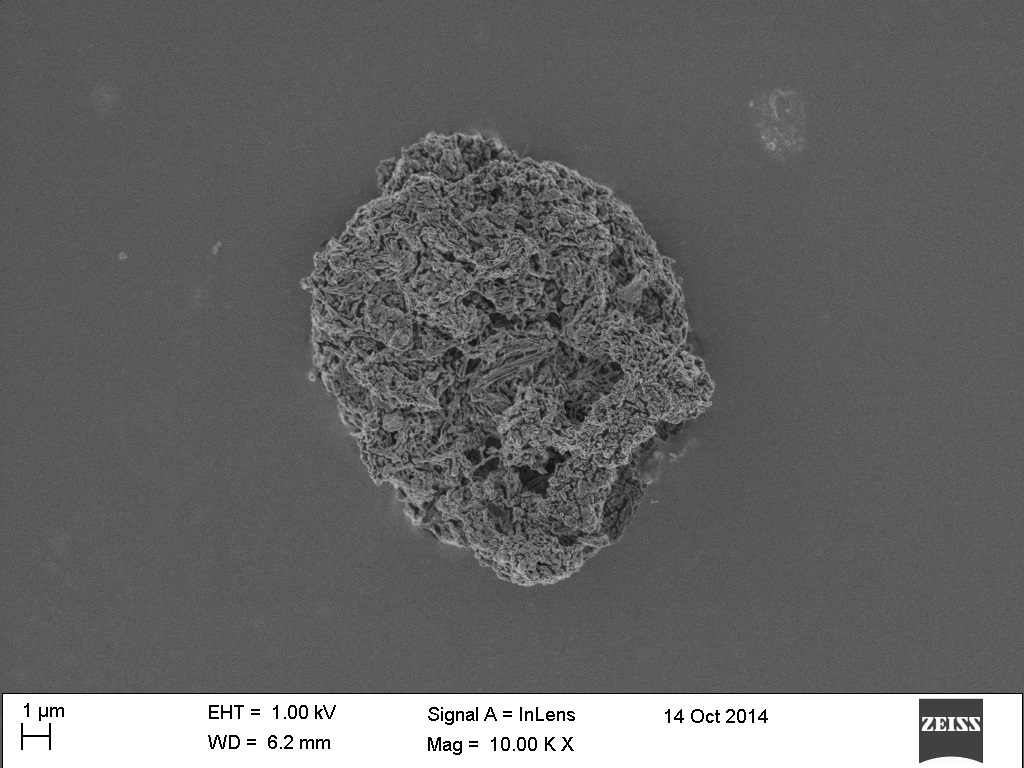Chemical modification of Cladophora nanocellulose to provide a non-toxic material with anticoagulant properties
-
1
Uppsala University, Nanotechnology and Functional Materials, Department of Engineering Sciences, Sweden
Blood purification is a common procedure for treating patients with kidney failure in which an extracorporeal device filled with a porous material containing antibodies can retain toxins from the blood. In order to avoid activation and coagulation, heparin is administrated to patients; however this sulfonated polysaccharide may cause many side effects such as intense bleeding and osteoporosis. In this project nanocellulose from Cladophora green algae was used for the development of a porous material with anticoagulant properties. A periodate oxidation followed by an amine cross-linking and subsequent reduction produced dialdehyde cellulose beads ranging from 10-100 μm in diameter with improved mechanical properties and high stability in alkaline media. This material was then sulfonated to acquire anticoagulant properties and characterized by FTIR, ζ-potential, condutometric titration, elemental analysis and BET surface area showing that its porosity varies with the degree of sulfonation. After extensive washing, toxicology experiments were performed with a THP-1 monocyte cell line in order to examine if the material was non-toxic and could be suitable as a matrix in blood purification.


Science Without Boarders Scholarship, CAPES, Brazilian Ministry of Education
References:
[1] Lindh J, Carlsson DO, Strømme M, Mihranyan A. Convenient one-pot formation of 2,3-dialdehyde cellulose beads via periodate oxidation of cellulose in water. Biomacromolecules. 2014 May 12;15(5):1928-32
Keywords:
biomaterial,
nanofiber,
Polymeric material,
biomacromolecule
Conference:
10th World Biomaterials Congress, Montréal, Canada, 17 May - 22 May, 2016.
Presentation Type:
Poster
Topic:
Nano-structured materials for unique functions
Citation:
Rocha
I,
Ferraz
N,
Mihranyan
A,
Strömme
M and
Lindh
J
(2016). Chemical modification of Cladophora nanocellulose to provide a non-toxic material with anticoagulant properties.
Front. Bioeng. Biotechnol.
Conference Abstract:
10th World Biomaterials Congress.
doi: 10.3389/conf.FBIOE.2016.01.01690
Copyright:
The abstracts in this collection have not been subject to any Frontiers peer review or checks, and are not endorsed by Frontiers.
They are made available through the Frontiers publishing platform as a service to conference organizers and presenters.
The copyright in the individual abstracts is owned by the author of each abstract or his/her employer unless otherwise stated.
Each abstract, as well as the collection of abstracts, are published under a Creative Commons CC-BY 4.0 (attribution) licence (https://creativecommons.org/licenses/by/4.0/) and may thus be reproduced, translated, adapted and be the subject of derivative works provided the authors and Frontiers are attributed.
For Frontiers’ terms and conditions please see https://www.frontiersin.org/legal/terms-and-conditions.
Received:
27 Mar 2016;
Published Online:
30 Mar 2016.
*
Correspondence:
Dr. Igor Rocha, Uppsala University, Nanotechnology and Functional Materials, Department of Engineering Sciences, Uppsala, Sweden, igor.rocha@angstrom.uu.se
Dr. Natalia Ferraz, Uppsala University, Nanotechnology and Functional Materials, Department of Engineering Sciences, Uppsala, Sweden, Natalia.Ferraz@angstrom.uu.se
Dr. Albert Mihranyan, Uppsala University, Nanotechnology and Functional Materials, Department of Engineering Sciences, Uppsala, Sweden, albert.mihranyan@angstrom.uu.se
Dr. Maria Strömme, Uppsala University, Nanotechnology and Functional Materials, Department of Engineering Sciences, Uppsala, Sweden, Maria.Stromme@angstrom.uu.se
Dr. Jonas Lindh, Uppsala University, Nanotechnology and Functional Materials, Department of Engineering Sciences, Uppsala, Sweden, Jonas.Lindh@angstrom.uu.se